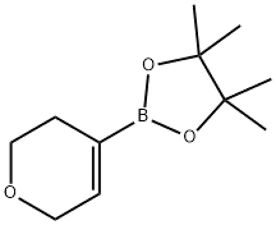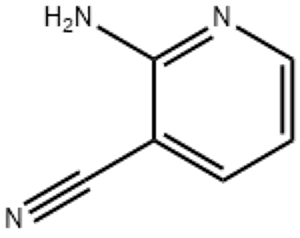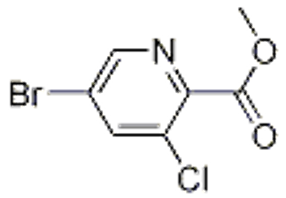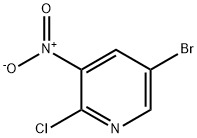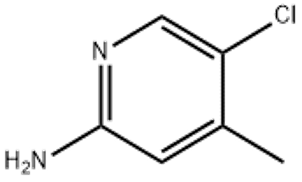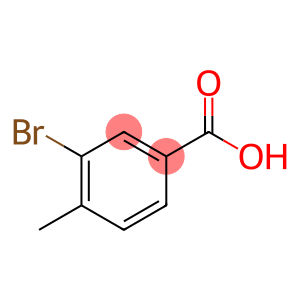3 6-Dihydro-2H-pyran-4-boronic acid pinacol ester(CAS# 287944-16-5)
| Hazard Symbols | Xn – Harmful |
| Risk Codes | 22 – Harmful if swallowed |
| Safety Description | S20 – When using, do not eat or drink. S35 – This material and its container must be disposed of in a safe way. |
| WGK Germany | 3 |
| HS Code | 29349990 |
Introduction
3. acid pinacol ester is an organic compound with a chemical formula of C12H19BO3 and a molecular weight of 214.09g/mol.
Nature:
-Appearance: Colorless liquid or solid
-Melting Point:-43 ~-41 ℃
-Boiling point: 135-137 ℃
-Density: 1.05 g/mL
-Solubility: Soluble in common organic solvents such as dimethylformamide, dichloromethane, methanol and ethanol.
Use:
- 3, acid pinacol ester is one of the important intermediates in organic synthesis. It can be used as a reagent for the construction of C- O and C- C bonds, and is often used as a catalyst for C- C coupling reactions such as Suzuki reaction and Stille reaction.
-The compound can also be used to prepare other functional groups or compounds, such as aldehydes, ketones and acids.
Method:
- 3, acid pinacol ester is generally prepared by reacting Pyran with boronic acid pinacol under alkali catalysis. The specific preparation method can be selected according to actual requirements, and a common preparation method includes using sodium borate and pinacol to react under alkaline conditions.
Safety Information:
3, acid pinacol ester may be harmful to health and the environment. Use should follow proper laboratory procedures and be equipped with the necessary personal protective equipment, such as laboratory gloves and eye protection.
In addition, specific safety information and operating instructions should refer to the compound’s safety data sheet (SDS) or other reliable chemical reference.


